-
 Bitcoin
Bitcoin $118400
0.47% -
 Ethereum
Ethereum $3836
2.20% -
 XRP
XRP $3.157
2.98% -
 Tether USDt
Tether USDt $0.9999
-0.03% -
 BNB
BNB $801.5
1.31% -
 Solana
Solana $180.9
2.07% -
 USDC
USDC $0.9999
-0.02% -
 Dogecoin
Dogecoin $0.2225
2.50% -
 TRON
TRON $0.3285
-1.02% -
 Cardano
Cardano $0.7789
2.60% -
 Hyperliquid
Hyperliquid $43.60
2.39% -
 Sui
Sui $3.892
4.41% -
 Stellar
Stellar $0.4229
3.34% -
 Chainlink
Chainlink $18.01
3.98% -
 Hedera
Hedera $0.2745
6.77% -
 Bitcoin Cash
Bitcoin Cash $582.3
3.38% -
 Avalanche
Avalanche $23.77
1.04% -
 Ethena USDe
Ethena USDe $1.001
0.01% -
 Toncoin
Toncoin $3.493
3.59% -
 Litecoin
Litecoin $110.0
2.48% -
 UNUS SED LEO
UNUS SED LEO $8.936
-0.37% -
 Shiba Inu
Shiba Inu $0.00001304
2.49% -
 Uniswap
Uniswap $9.999
1.09% -
 Polkadot
Polkadot $3.897
3.26% -
 Monero
Monero $308.6
-0.83% -
 Dai
Dai $0.9999
-0.01% -
 Bitget Token
Bitget Token $4.504
-0.04% -
 Pepe
Pepe $0.00001154
2.95% -
 Cronos
Cronos $0.1471
3.06% -
 Ethena
Ethena $0.6691
19.53%
How to predict the divergence direction after the WR double lines are glued together?
When Williams %R double lines converge near -80 and price shows bullish candlesticks above key support, watch for rising volume and RSI confirmation to predict an upward breakout.
Jul 30, 2025 at 12:28 am
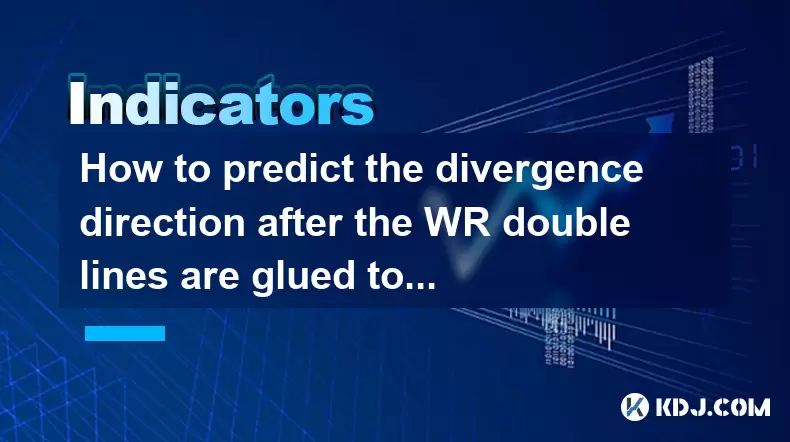
Understanding the Williams %R Indicator and Its Double Lines
The Williams %R (WR) is a momentum oscillator that measures overbought and oversold levels in a market. It operates on a scale from 0 to -100, where values above -20 typically indicate overbought conditions, and values below -80 suggest oversold conditions. The "double lines" in WR refer to the two moving components that traders observe—often the primary WR line and a signal line derived from smoothing the WR values (similar to how MACD uses a signal line). When these two lines "glue together," it means they are converging closely, often indicating a period of low volatility or consolidation.
When the WR double lines converge, it signals a compression of momentum. This can precede a breakout in price, but the direction of the breakout is not immediately clear. Predicting the divergence direction after this convergence requires analyzing surrounding technical factors, volume, and price structure.
Identifying Convergence Patterns in WR
To predict the direction after the WR lines glue together, first confirm the convergence:
- Monitor the WR chart and observe when the primary WR line and the smoothed signal line move into close proximity for at least three consecutive periods.
- Ensure the convergence occurs near key threshold zones—either near -20 (overbought) or -80 (oversold)—as these zones increase the likelihood of a meaningful breakout.
- Check if the convergence is accompanied by low trading volume, which often indicates indecision and sets the stage for a strong directional move once volume returns.
It’s essential to distinguish between true convergence and random line crossings. True convergence involves sustained proximity, not brief touches. Use candlestick patterns like doji or spinning tops during this phase as confirmation of market hesitation.
Analyzing Price Action Context for Directional Clues
The WR indicator alone cannot determine the divergence direction. It must be interpreted within the broader price action context:
- Examine the trend preceding the convergence. If the market was in an uptrend before the WR lines glued together, the breakout is more likely to be bullish, especially if the convergence occurs after a pullback.
- Look for support and resistance levels near the current price. A convergence near a strong support zone increases the probability of an upward divergence.
- Observe candlestick formations during the convergence period. Patterns such as bullish engulfing, hammer, or morning star suggest upward momentum may resume.
- If the convergence occurs after a long downtrend and near oversold levels, a bearish continuation is less likely unless there is strong resistance overhead and weak volume on any upward moves.
The position of the price relative to moving averages (e.g., 50-period or 200-period EMA) also offers insight. Price above key moving averages favors bullish divergence; below, bearish.
Using Volume and Confirmation Indicators
Volume plays a critical role in validating the direction of divergence after WR line convergence:
- A breakout accompanied by rising volume adds credibility to the move. For example, if the WR lines separate with the main line crossing above the signal line and volume spikes upward, this supports a bullish divergence.
- Use volume profile to identify areas of high participation. If the convergence occurs in a low-volume node, the subsequent breakout tends to be stronger.
- Combine WR with RSI (Relative Strength Index) or MACD for confirmation. If RSI is also exiting oversold territory while WR lines diverge upward, the bullish case strengthens.
- Watch for divergence between price and WR. If price makes a lower low but WR makes a higher low during convergence, this bullish divergence hints at upward momentum building.
Avoid acting on WR signals alone. Always wait for confirmation candles—such as a strong bullish or bearish candle closing beyond the consolidation range—before entering a trade.
Step-by-Step Strategy to Predict Divergence Direction
To systematically predict the direction after WR double lines glue together, follow this checklist:
- Confirm that the WR and its signal line have been within 5 points of each other for at least 3 periods.
- Determine if the convergence occurs in overbought (> -20) or oversold (< -80) territory.
- Analyze the immediate price structure: Is the market near a support or resistance level?
- Check the 20-period EMA slope—upward slope favors bullish breakout, downward slope favors bearish.
- Monitor volume trends: Declining volume during convergence, followed by a spike, confirms breakout strength.
- Wait for a candle close that breaks the recent high or low of the consolidation period.
- Verify with a secondary oscillator (e.g., RSI crossing above 50 for bullish, below 50 for bearish).
- Enter a trade only after the WR lines begin to separate—main line above signal line for long, below for short.
For example, if WR lines converge near -85 (deep oversold), price is above the 50 EMA, volume increases, and a bullish engulfing candle forms, the divergence will likely be upward.
Common Pitfalls and How to Avoid Them
Traders often misinterpret WR convergence due to premature entries or ignoring context:
- Assuming all convergences lead to reversals—many occur within trends and lead to continuation moves.
- Ignoring higher time frame trends—a convergence on a 1-hour chart may go against the daily trend, reducing its reliability.
- Acting before confirmation—entering as lines glue together leads to false signals. Wait for separation and price breakout.
- Overlooking asset-specific behavior—some cryptocurrencies exhibit more volatile WR swings. Test the strategy on historical data for the specific coin.
Use backtesting to validate your divergence prediction method. Apply it to past WR convergence events on BTC/USDT or ETH/USDT charts and record outcomes.
Frequently Asked Questions
What does it mean when WR lines stay glued for more than 5 periods?
Extended convergence often indicates extreme consolidation. The longer the glue, the stronger the eventual breakout. Monitor volume closely—breakouts after prolonged convergence are often sharp and sustained.
Can WR double line convergence predict reversals in sideways markets?
In ranging markets, convergence is common and less predictive. Focus on range boundaries—if convergence occurs near the bottom of the range, expect upward divergence; near the top, downward.
How do I set up a WR signal line in TradingView?
In TradingView, add the Williams %R indicator. Then, create a custom script or use the “Add to Chart” feature to overlay a 3-period SMA of WR as the signal line. Adjust settings under “Inputs” to fine-tune smoothing.
Is WR more effective on certain time frames for divergence prediction?
Yes. 4-hour and daily charts provide more reliable signals due to reduced noise. Lower time frames (e.g., 5-minute) generate frequent false convergences. Use higher time frames for direction, lower ones for entry timing.
Disclaimer:info@kdj.com
The information provided is not trading advice. kdj.com does not assume any responsibility for any investments made based on the information provided in this article. Cryptocurrencies are highly volatile and it is highly recommended that you invest with caution after thorough research!
If you believe that the content used on this website infringes your copyright, please contact us immediately (info@kdj.com) and we will delete it promptly.
- Pudgy Penguins Price Prediction: Buying Opportunity or Insider Dump?
- 2025-07-31 18:50:35
- Penny Coin Power: Unearthing 20x Potential in Undervalued Crypto
- 2025-07-31 20:10:14
- Shrapnel, GalaChain, and China Gaming: A New Frontier
- 2025-07-31 19:10:35
- Mutuum Finance, Bitcoin, and Market Analysis: Decoding the Latest Trends
- 2025-07-31 19:30:13
- Dogecoin Howl: Bullish Signals and Analyst Bites – Is the Meme Coin Ready to Pounce?
- 2025-07-31 18:30:16
- Decoding Crypto Presales, Ethereum's Role, and Navigating a Tricky Altcoin Season
- 2025-07-31 18:30:16
Related knowledge
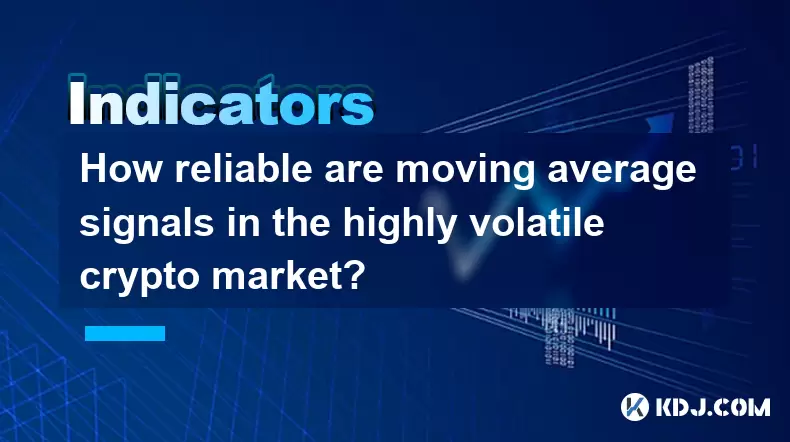
How reliable are moving average signals in the highly volatile crypto market?
Jul 31,2025 at 08:36pm
Understanding Moving Averages in Cryptocurrency TradingMoving averages (MAs) are among the most widely used technical indicators in the cryptocurrency...
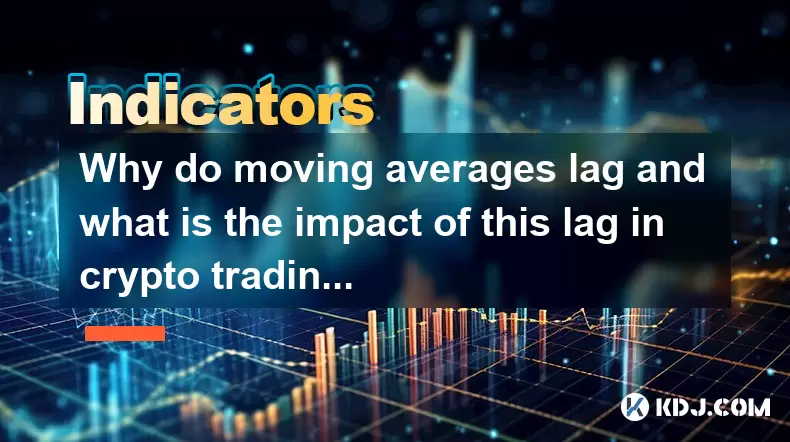
Why do moving averages lag and what is the impact of this lag in crypto trading?
Jul 31,2025 at 08:07pm
Understanding the Concept of Moving Averages in Crypto TradingMoving averages are among the most widely used technical indicators in cryptocurrency tr...
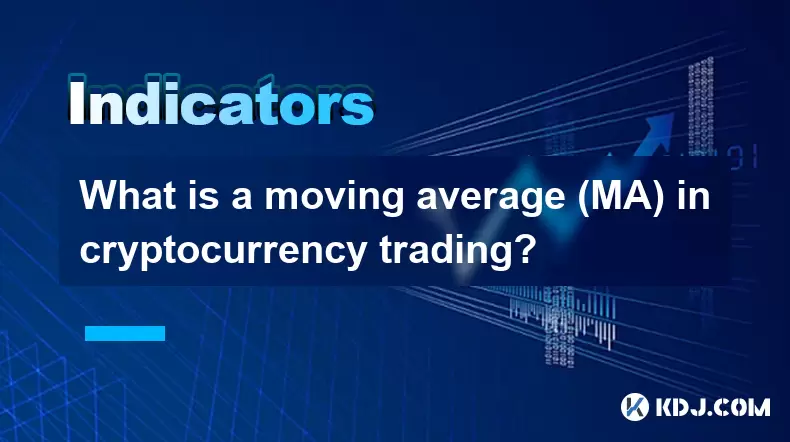
What is a moving average (MA) in cryptocurrency trading?
Jul 31,2025 at 06:30pm
Understanding the Concept of Moving Average (MA)A moving average (MA) is a widely used technical analysis tool in cryptocurrency trading that helps sm...
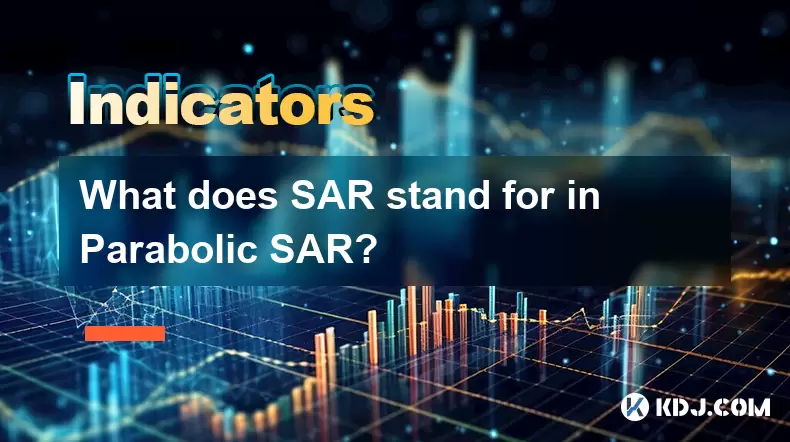
What does SAR stand for in Parabolic SAR?
Jul 31,2025 at 06:49pm
Understanding the Meaning of SAR in Parabolic SARIn the context of technical analysis in the cryptocurrency market, SAR stands for 'Stop and Reverse' ...
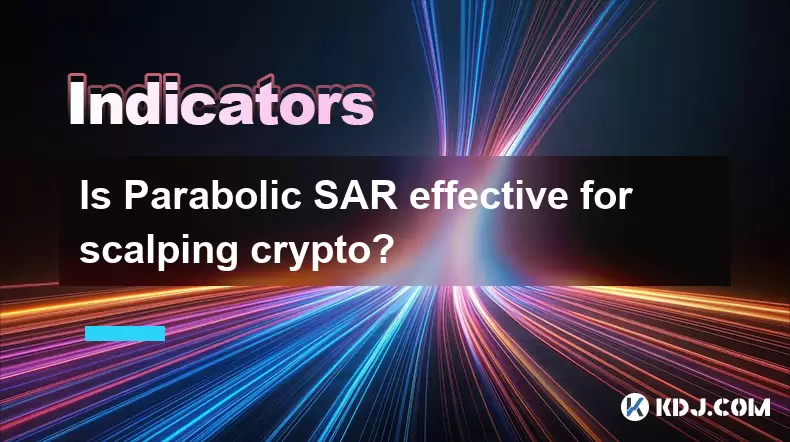
Is Parabolic SAR effective for scalping crypto?
Jul 31,2025 at 08:29pm
Understanding Parabolic SAR in Cryptocurrency TradingThe Parabolic SAR (Stop and Reverse) is a technical indicator developed by J. Welles Wilder, prim...
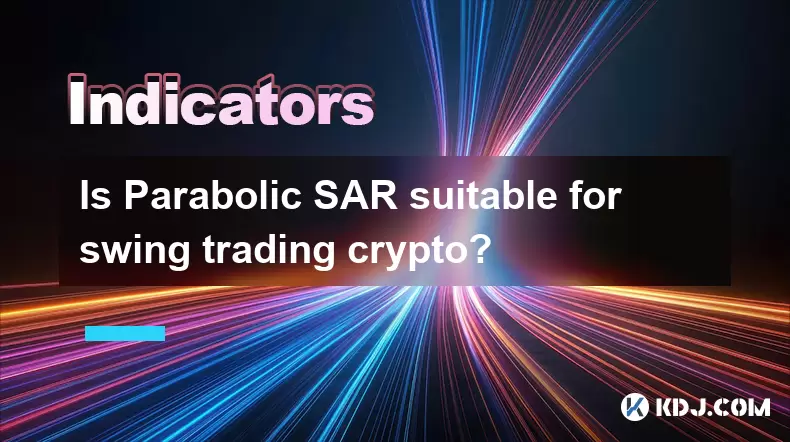
Is Parabolic SAR suitable for swing trading crypto?
Jul 31,2025 at 05:29pm
Understanding Parabolic SAR in Cryptocurrency TradingThe Parabolic SAR (Stop and Reverse) is a technical indicator developed by J. Welles Wilder that ...

How reliable are moving average signals in the highly volatile crypto market?
Jul 31,2025 at 08:36pm
Understanding Moving Averages in Cryptocurrency TradingMoving averages (MAs) are among the most widely used technical indicators in the cryptocurrency...

Why do moving averages lag and what is the impact of this lag in crypto trading?
Jul 31,2025 at 08:07pm
Understanding the Concept of Moving Averages in Crypto TradingMoving averages are among the most widely used technical indicators in cryptocurrency tr...

What is a moving average (MA) in cryptocurrency trading?
Jul 31,2025 at 06:30pm
Understanding the Concept of Moving Average (MA)A moving average (MA) is a widely used technical analysis tool in cryptocurrency trading that helps sm...

What does SAR stand for in Parabolic SAR?
Jul 31,2025 at 06:49pm
Understanding the Meaning of SAR in Parabolic SARIn the context of technical analysis in the cryptocurrency market, SAR stands for 'Stop and Reverse' ...

Is Parabolic SAR effective for scalping crypto?
Jul 31,2025 at 08:29pm
Understanding Parabolic SAR in Cryptocurrency TradingThe Parabolic SAR (Stop and Reverse) is a technical indicator developed by J. Welles Wilder, prim...

Is Parabolic SAR suitable for swing trading crypto?
Jul 31,2025 at 05:29pm
Understanding Parabolic SAR in Cryptocurrency TradingThe Parabolic SAR (Stop and Reverse) is a technical indicator developed by J. Welles Wilder that ...
See all articles

























































































